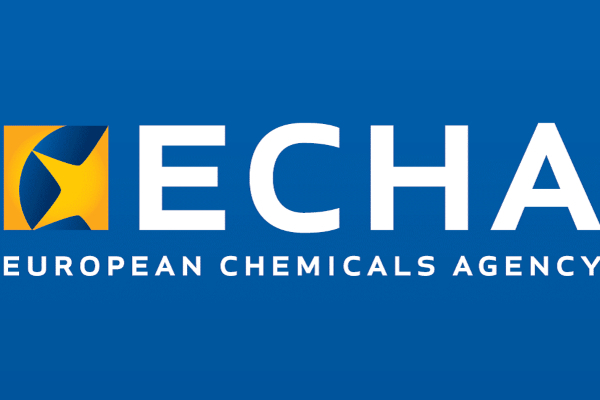There is a need to more effectively ensure that consumer products do not contain the most harmful substances

The number of industrial chemicals scrutinised under the EU’s chemicals legislation to determine their safety has increased substantially. Authorities now have much better knowledge about the hazardous properties of chemicals that are used across the EU, resulting in many actions to minimise and control the risks of several groups of substances.
According to the joint European Environment Agency (EEA) and the European Chemicals Agency (ECHA) synthesis report on the EU indicator framework for chemicals, the overall use of the most harmful chemicals (in particular those that are carcinogenic, mutagenic and reprotoxic) is still growing but more slowly than the overall chemicals market growth. Pressure is increasing to avoid the use of so-called substances of concern and to implement the principles of the safe and sustainable by design framework.
There is a need to more effectively ensure that consumer products do not contain the most harmful substances, for example chemicals that are endocrine disrupting, that negatively affect the hormone system, or substances that are persistent, bioaccumulative and toxic, which present a risk for years to come even after their use has ceased.
More data and information are needed to better understand human and environmental exposure to those most harmful chemicals and their impacts. Still, the indicators show clearly that the shift to safe and sustainable chemicals must continue and should even be accelerated.
“The health of European citizens and our environment should be a priority and this first-ever benchmarking shows that while chemicals have a positive role to play in our lives, further action is urgently needed to address the risks posed by the use of unsafe and unsustainable substances. The knowledge that is being generated in this assessment will help us shift to safe and sustainable chemicals in the future,” said Leena Ylä-Mononen, EEA Executive Director.
“We need to accelerate the transition towards safe and sustainable chemicals. Action by authorities and industry has helped to minimise and control the risks from hazardous chemicals. But we need to further increase knowledge on chemicals and support risk management of groups of chemicals to protect people and the environment,” said Sharon McGuinness, ECHA Executive Director.
The report is based on a set of 25 key indicators, also published today, which monitor the drivers and impacts of chemical pollution in Europe.
The indicators will be regularly updated to monitor chemical pollution and measure the effectiveness of European chemicals legislation. The report provides an overarching assessment of progress under the EU’s chemicals strategy for sustainability towards a toxic-free environment (CSS).
The EU’s chemicals policies aim to tackle the challenge of producing and using chemicals to address societal needs while respecting planetary boundaries and avoiding harm to humans and the environment. The EU’s chemicals strategy for sustainability (CSS) aims to achieve this vision through a number of measures including actions to support innovation for safe and sustainable chemicals, strengthening the protection of human health and the environment, simplifying and strengthening the legal framework on chemicals and building a comprehensive knowledge base to support evidence-based policy making.
Subscribe to our newsletter & stay updated.